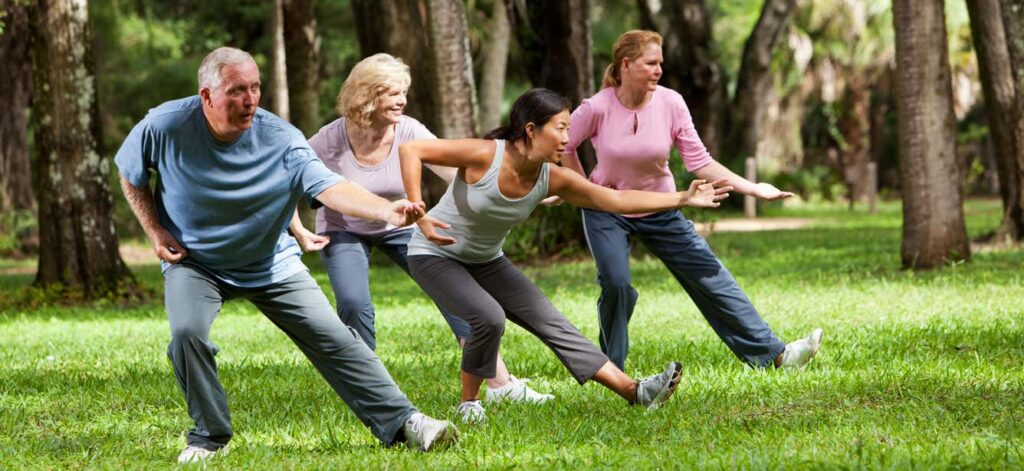
Falls are the leading cause of fatal and nonfatal injuries for older Americans. Falls threaten seniors’ safety and independence, and generate enormous economic and personal costs. However, falling is not an inevitable result of aging. Through practical lifestyle adjustments, evidence-based falls prevention programs, and clinical-community partnerships, the number of falls among seniors can be substantially reduced.
The challenges of falls for older adults
According to the U.S. Centers for Disease Control and Prevention (CDC) and other falls research:
- More than one out of four Americans age 65+ falls each year.
- Falls are the leading cause of fatal and nonfatal injuries among older adults.
- The cost of treating injuries caused by falls is projected to increase to over $101 billion by 2030.
- Falls result in more than 3 million injuries treated in emergency departments annually, including over 800,000 hospitalizations.
- In 2015, the total cost of non-fatal fall injuries was $50 billion.
- Each year about $754 million is spent on medical costs related to fatal falls.
- For older adults in the U.S., fall death rates went up by 30% from 2007-2016, and researchers predict there will be 7 deadly falls every hour by 2030.
- People with mild hearing loss are nearly three times as likely to fall, with each 10 decibels of hearing loss increasing falls risk.
Falls, with or without injury, also carry a heavy quality of life impact. A growing number of older adults fear falling and, as a result, limit their activities and social engagements. This can result in further physical decline, depression, social isolation, and feelings of helplessness.
